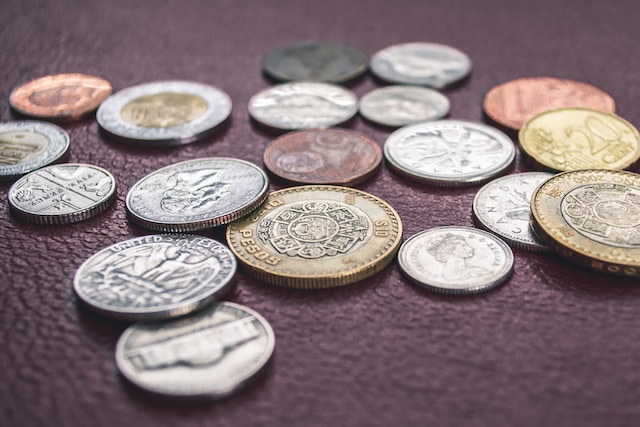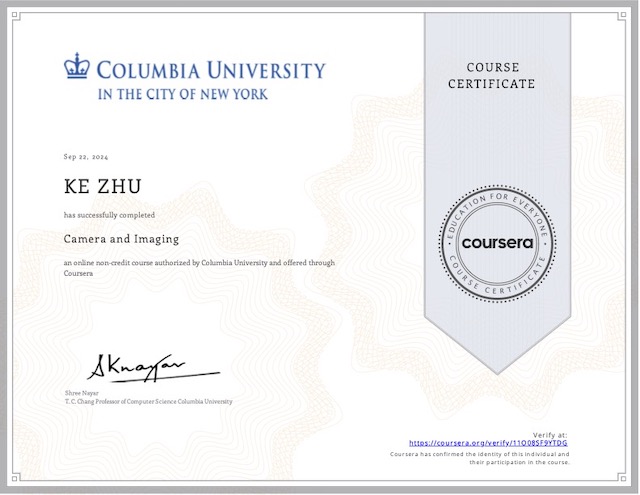We have been thinking the hierarchy of money, with reserves (or currency which is the liability of the central bank) being the best money. Some where below that in the hierarchy, there are Fed funds, which are promises to pay reserves by banks. Further below that is the Eurodollars, which are international dollars promising to pay accounts in the U.S. The Fed funds and Eurodollars both promise to pay reserves, the ultimate money.
However, what sort of a thing is the reserves? And once we start to think about exchange rates we’re talking about the price of one money in terms of another money. There is actually another hierarchy, even above the reserves. That is the hierarchy of international money.
| International dollar | |
| Key currencies | Domestic dollar Pound sterling Euro Yen |
| Significant currencies | Australian dollar Canadian dollar Swiss franc |
| Other currencies | … |
Chartalism vs Metallism
Look back at history, really, before the modern nation state with legitimate democratic governments, welfare states and sophisticated tax systems, you see that these two sorts of monetary systems coincide: Chartalism and Metallism. They live in the same country, and there’s an exchange rate between them, typically.
Chartalism
One tradition is the chartalism being the idea, when you look at a piece of money, you’re looking at an emblem of the power of the state that issued that money. So the quintessential money is sort of fiat currency. The money is state-oriented. This tradition exists largely due to there was local domestic kings, and people used king’s money to trade, retail, and pay taxes, etc.
Chartalism and its elasticity that the state wants to use this for its own power lead you to think of the relationship between the state treasury and the central bank.
| Treasury Asset | Liabilities | Central bank Assets | Liabilities |
| Authority Taxing authority | T-bills (pay at 5%) | T-bills (earn at 5%) | Currency (pay at 0%) |
Essentially, currency is a way for the government to get 0% funding for its operations. That’s a reason for the state to want to monopolize the of currency. What’s supporting the value of that currency? It is its power and taxing authority as a kind of asset. The ability of the government insists that you have to pay taxes in its own currency is what gives value to that currency.
Quantity Theory of Money
The quantity theory of money is usually used as a story about why the government needs to control the issue of money. The famous equation is M V = P T, where:
- M is money supply
- V is velocity of circulation
- P is the average price of each transaction
- T is the number of transactions involving money payments
If expressed in changes, the equation is ∆M / M + ∆V / V = ∆P / P + ∆T / T. Neither of ∆V / V and ∆T / T has to do with money very much, then you can think that ∆M / M determines ∆P / P.
People get very heated about the quantity theory of money, it is coming from the sort of deep anxiety about the power of the state and that little green pieces of paper are worthless. This is the way that economists regulate their anxiety, they put it into a little equation above – if we just limit the ability of a state to issue excess money, we can maintain its value, it’s not going to inflate away. Besides the money issued by governments, the same anxiety should lead you to be worried about bank money as well.
Purchasing Power Parity
Purchasing power parity is a theory of exchange rates E P = P*, where:
- E is exchange rate
- P is the domestic price level
- P* is the foreign price level
So the relative price of money in two countries, is really just the relative price of goods in the two countries. Unfortunately, this theory doesn’t hold on a day-to-day basis like so many attractive things in empirical practice. Price levels don’t move very much. But exchange rates do.
Metallism
The other tradition is metallism, where the essence of money is that it is sort of physical metallic value. Gold, silver or something like that. The money is private market-oriented. This is the tradition, where money is used in the international trades.
There are different mint pars for different currencies, say dollar = x ounces of gold, and pound = y ounces of gold. Therefore the exchange rate is really just how much gold there is in the currency, the exchange rate between the two currencies is their mint par ratios: E = x / y.
If the real exchange rate ever deviated from that E, there should be some arbitrage. You have to move around the gold, say from London to New York, that is not costless. If it costs something to implement this arbitrage, there’s going to be some fuzziness around the edges. The fuzziness is called gold points.
Forward Interest Parity
Forward interest parity holds even in the gold standard, because of the gold points. It says:
E = [ 1 + R / (1 + R*) ] F
where
E: spot exchange rate
F: forward exchange rate
R: domestic interest rate
R*: foreign interest rateA Money View of International Payments
Suppose a deficit country has bought something from a surplus country, and it has a $10 due-to, and has to make a payment to the surplus country. If the deficit country does not have $10, it won’t get in the way of this transaction since, in the case of domestic credit, there are always some credit either from central bank, clearinghouse or money market, helping the deficit country to pay.
| Surplus country Assets | Liabilities | FX dealer Assets | Liabilities | Deficit country Assets | Liabilities |
| $10 due-from -$10 due-from $10 spot | 10 × E FX spot $10 term deposit (R) | $10 spot 10 × E FX term deposit (R*) | -10 × E FX spot | $10 due-to -$10 due-to |
In the case of international credit, there will be foreign exchange dealers, who can help by selling dollars to the deficit country (using deficit country’s own currency). So the payment can be made.
The foreign currency exposure can be a risk for the FX dealer, it can hedge that risk of holding the deficit countries currency by term deposit. The assets and liabilities cancels each other, this is actually taking advantage of the Forward Interest Parity:
- R and R* are the term rates on the term position.
- E is the exchange rate that you used to create the spot position.
So you’ve essentially hedged your spot position in the forward market at the forward rate. Who is willing to take the FX dealer’s exchange risk and trading with them? It is speculative dealers who is expecting some profit, and whose balance sheet is like:
| Speculative dealer Assets | Liabilities |
| 10 × E FX term deposit (R*) | $10 term deposit (R) |
Compared to Chartalism and Metallism
| Exchange rate is treated as | |
| Chartalism | Relative price of tradeable goods between different countries (Goods in terms of goods) Emphasizing trade account and current account |
| Metallism | Relative price of financial assets (Assets in terms of assets) Emphasizing the capital account |
| Money view | Relative price of money in terms of money |
It’s not that Chartalism (purchasing power parity theory) and Metallism (forward interest parity theory) theories are wrong. It’s that they’ve abstracted from liquidity, so they can’t be fully right. When you think of money as a means of payment:
- the deficit country does not have any dollars to pay
- the surplus country does not have any dollars to lend
- FX is taking the spot market risk, and hedging it in the forward market
- Speculative dealer is taking the risk in the forward market and expecting a compensation
The essence of exchange rates is about the relationship between the private profit-seeking foreign exchange dealers and the public welfare-seeking Central Bank. We need to appreciate that this relationship is going to have many different forms as we go through the hierarchy.
My Certificate
For more on Chartalism and Metallism, please refer to the wonderful course here https://www.coursera.org/learn/money-banking
Related Quick Recap
I am Kesler Zhu, thank you for visiting my website. Check out more course reviews at https://KZHU.ai



